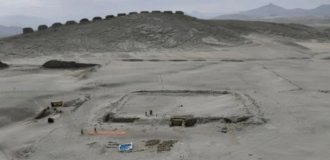What happened to 2 million tires after 48 years in the ocean? Or a failed experiment with an artificial reef Osborne (9 photos)
One of the problems of the modern automotive industry is the disposal of used car tires. 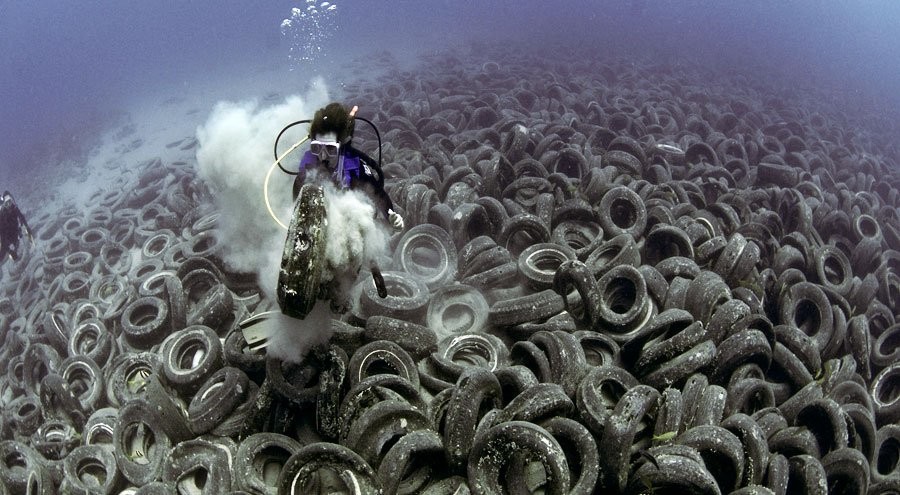
Well, 50 years ago they didn’t think about recycling at all and just they were thrown into landfills, which grew incredibly fast.
So, in the 1970s, Florida decided to get rid of the mountains tires in a rather curious way - to place them on the bottom of the ocean and create artificial homes for marine life in this way. well and what ultimately came out of this experiment you will learn from of this material. 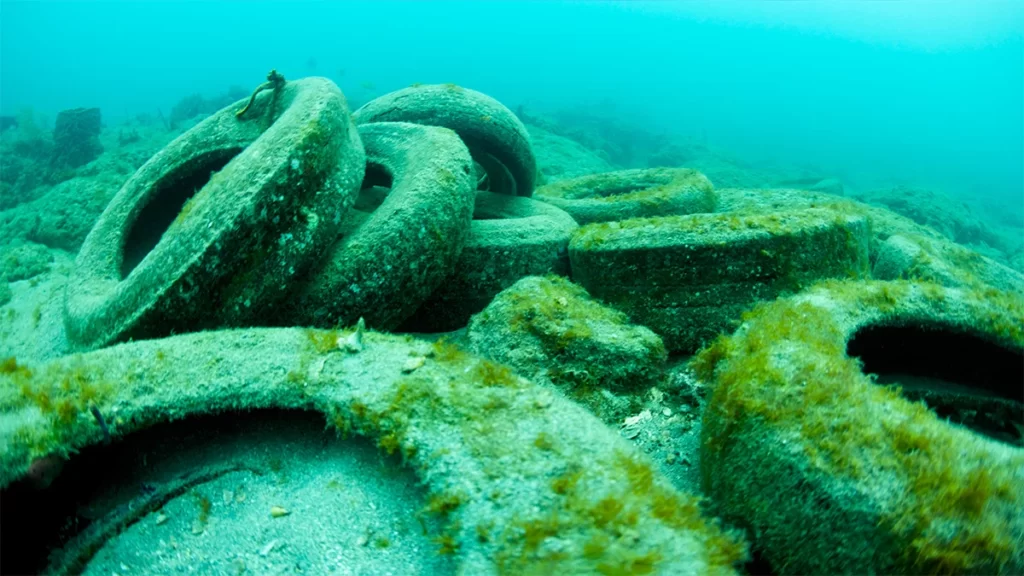
At that time, it was supposed to create the so-called Osborne Reef at the bottom of the Atlantic Ocean off the east coast of Florida. It was decided to form this reef about 2 kilometers from beach in Fort Lauderdale in a place where the depth of the ocean is approximately 20 meters. And initially they covered an area of 15 hectares with tires. 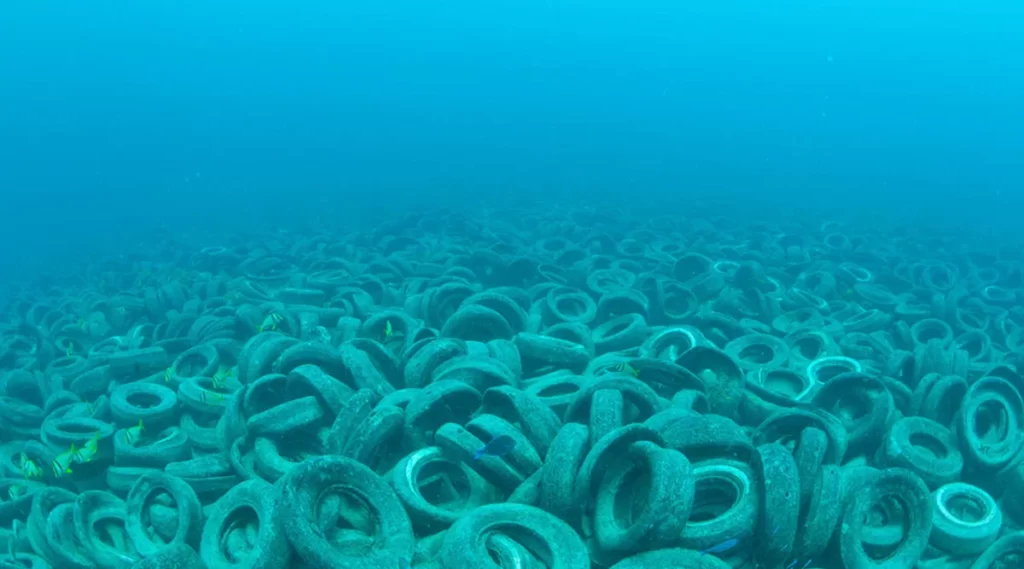
Before that, there was already an artificial reef at this place, however, from special concrete blocks of irregular shape.
It was originally intended that the artificial reef would increase number of commercial fish. But previously used for these purposes concrete cost money. And then came the "brilliant" idea to slay two hares with one blow. And get rid of garbage, and help fisheries is free.
And in the spring of 1974, the project of Broward Artificial Reef Inc. was approved by the relevant authorities and the "seeding" of tires began bottom of the ocean.
At the same time, bundles were made of tires and fastened together with a conventional not galvanized and untreated wire. And at the first stage everything was going really well. Marine life began to populate the "reef" and, according to experts estimate that after 25 years, approximately 10% of tires began to be covered corals (this is a great indicator actually). 
But in the 1990s, it became clear that the idea turned into a complete collapse. The thing is that by that time metal ties finally collapsed under the influence of sea water, strong currents and raging storms began to evenly distribute tires over sea bottom.
As a result, the reef that had barely begun to form was destroyed, but, even worse, under the tires scattered in this way turned out to be buried a natural reef, located in a small distance.
Car tires turned out to be too light and, "crawling" on seabed, they prevent new corals from forming and destroy old, and storms throw them on the coast. 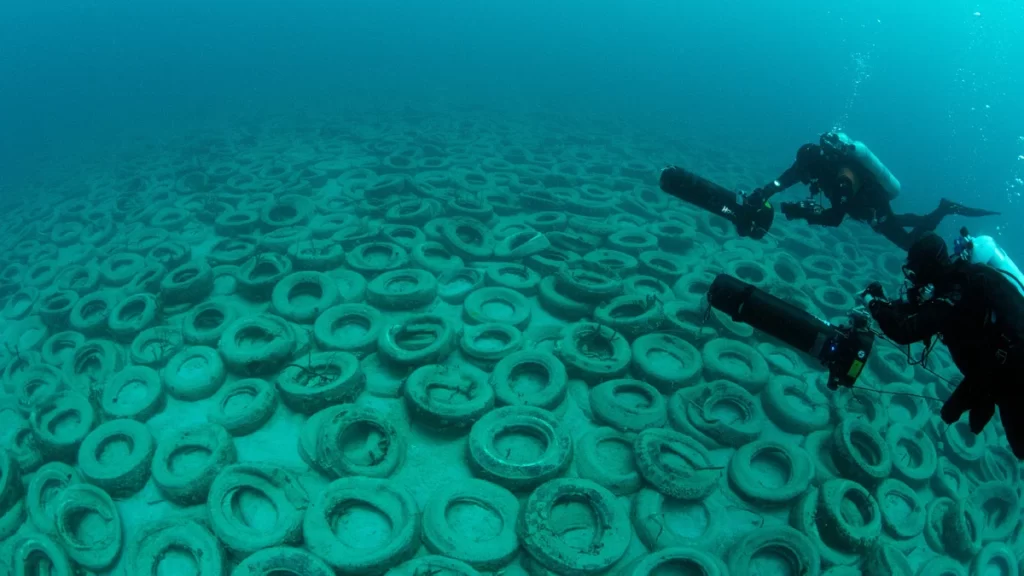

Well, as they say, there is time to scatter "tires" - so you need to find time to collect them.
The process of cleaning the seabed from tires began in the already distant 2001, when the first batch was raised, consisting of 1600 tires. Well, at the moment they have been raised a little less than half a million pieces, and all this spent more than 100 thousand dollars. 
Well, unfortunately, the Osborne artificial reef project was far from the only one (albeit the largest), and none of them ended in success. Now on the seabed, destroying the local flora and destroying fauna, there are more than one million tires that need to be removed.
So, according to the most conservative estimates, only on the "Osborne Reef" 2/3 of the tires are on the seabed and this despite almost 20 years work to extract them.





